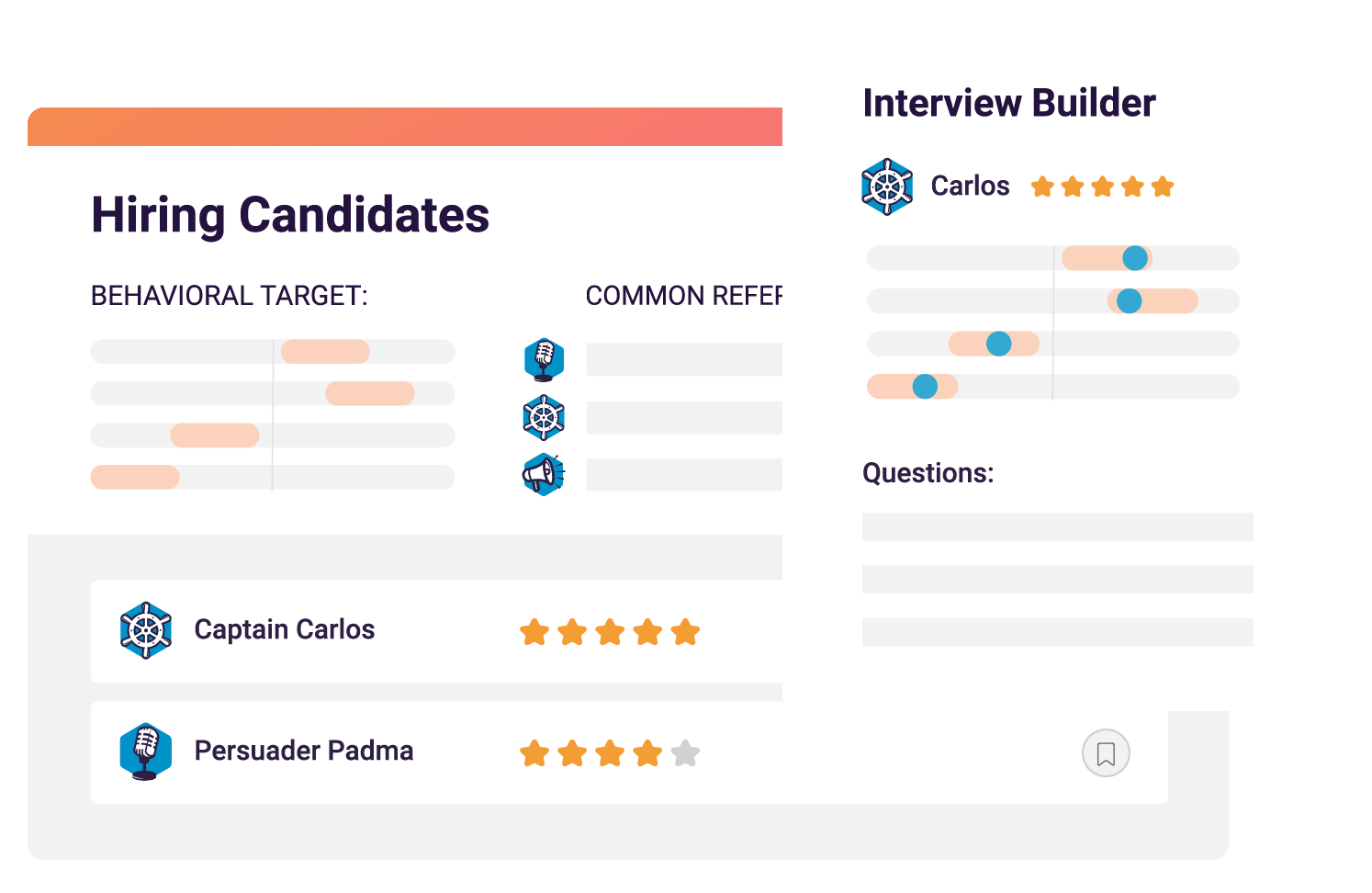Think about this: When you interview a candidate for a position, a primary input in the decision-making process (the resume) is provided by the candidate. While the resume certainly gives you an overview of experience, education, and skills, it’s still information that’s curated by the candidate. This is equivalent to a used car salesperson handing you a sheet of paper stating how great the car is. While it may highlight some cool features, you’ll want some additional information from an unbiased source.
Why we really fire people
Most hiring decisions are made based on a candidate’s resume and experience, but most firing decisions are made based on behavioral and cognitive issues. In other words, we’re hiring based on one set of criteria, but losing employees on an entirely different set.
Employees are not fired because of their resume. They’re fired—or they quit—because of underlying behavioral and cognitive discrepancies that simply make them a bad fit for the job. This discrepancy reveals an insight gap that needs to be filled.
Join 10,000 companies solving the most complex people problems with PI.
Hire the right people, inspire their best work, design dream teams, and sustain engagement for the long haul.
When to fire someone
Behavioral example
Jim was hired for a job in accounting. The interview went well and he had some financial experience, including a knack for numbers. He was personable and kind, but three months into the job, he quit. Why? Well, the job required someone with a strong attention to detail and who’s comfortable with routine tasks.
Although Jim “said” these things weren’t a problem during the interview, later testing revealed that he did not possess these behavioral traits. When asked why he quit, Jim stated he couldn’t stand the monotony. By that, Jim meant the routine tasks of payroll bored him. This is no surprise, as his behavioral profile revealed that Jim needs variety in his work. If the employer had been able to look “under Jim’s hood” with a scientifically validated behavioral assessment, this all-too-common situation could have been avoided.
Cognitive example
Karen was hired for a technical customer service role. Karen interviewed well. It was clear she was great with people, and her resume revealed decent experience helping customers with their technical concerns. Yet, she was hired and fired in less than six months. What happened? Karen got along great with her boss and her peers, and there weren’t any behavioral issues.
Upon deeper investigation and testing, it was clear it took Karen longer to learn new concepts and ideas. As a result, she wasn’t able to keep up with the technical demands of the role. The fast-paced digital environment outpaced Karen’s ability to take it all in and apply it in her context. She got flustered. She continued to fall further and further behind. Management was frustrated. Then the customer complaints started rolling in. Despite training and good effort from management, she had to be let go. With additional assessment insight (e.g., cognitive testing), this scenario could’ve been avoided.
Our tendency to rely on curated insight provided by a candidate—whether through a resume or what they tell us during an interview—leaves a big gap in the hiring process that needs to be filled. While there are many strategies and hiring techniques to help close the gap, understanding behavioral traits and cognitive abilities innate to the candidate gives us the best look under the hood before we buy.








